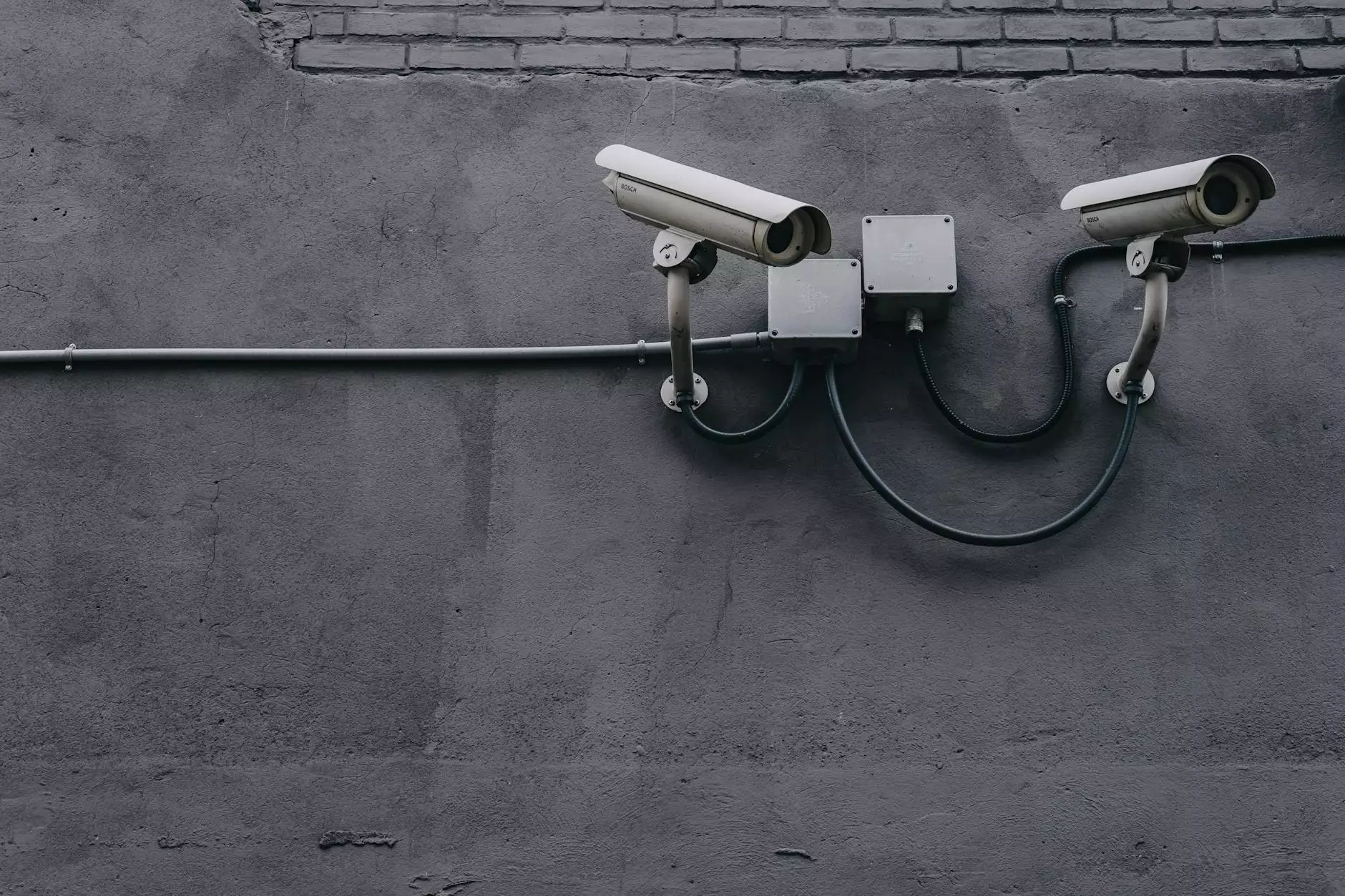Understanding and Enhancing RDP Protocol Security

As businesses continue to expand their digital landscapes, remote desktop protocols (RDP) have become indispensable tools for accessing and managing computers remotely. However, the increasingly sophisticated cyber threats necessitate a deeper understanding of RDP protocol security. In this article, we will delve into the intricacies of RDP security, examine potential vulnerabilities, and outline best practices for fortifying your systems.
What is RDP?
Remote Desktop Protocol (RDP) is a proprietary protocol developed by Microsoft, enabling users to connect to other computers over a network connection. It provides a graphical interface to connect to another computer, allowing users to use their desktop remotely as if they were physically present.
The Importance of RDP Protocol Security
With the rise of remote work and cloud computing, the reliance on RDP has surged, thereby increasing the risks associated with its usage. Enhanced RDP protocol security is crucial for the following reasons:
- Protection Against Unauthorized Access: Cybercriminals often exploit vulnerabilities in RDP to gain unauthorized access to systems.
- Safeguarding Confidential Information: Sensitive data is at risk of exposure if RDP connections are not securely managed.
- Compliance with Regulations: Many industries require strict adherence to security protocols, making robust RDP security essential.
Common Risks Associated with RDP
While RDP is a powerful tool, it is not without its risks. Understanding these risks is the first step towards mitigating them:
Password Attacks
Weak passwords are a significant vulnerability in RDP connections. Attackers often use brute force methods to guess passwords and gain access.
Exploiting Unpatched Systems
Failure to regularly update and patch systems can leave exploitable vulnerabilities. Cybercriminals actively scan for unpatched systems to launch their attacks.
Man-in-the-Middle Attacks
Without proper encryption, RDP connections are susceptible to interception, where attackers can monitor and manipulate communications.
Best Practices for Enhancing RDP Protocol Security
To protect your organization from potential threats, consider implementing the following best practices:
1. Strong Password Policies
Implement a strong password policy that requires complex passwords that are difficult to guess. Consider using a password manager to store and manage passwords securely.
2. Network Level Authentication (NLA)
Enable Network Level Authentication. This requires users to authenticate before establishing a session, significantly reducing the chance of unauthorized access.
3. Use VPN for Remote Access
Consider configuring a Virtual Private Network (VPN) for access to RDP. This adds an additional layer of encryption and security.
4. Limit RDP Access
Restrict RDP access to only those who need it. Use firewall rules to limit access to specific IP addresses or ranges.
5. Regular Updates and Patch Management
Ensure that your operating systems and applications are regularly updated to protect against vulnerabilities. Implement a patch management plan to address known issues promptly.
6. Enable Two-Factor Authentication (2FA)
Adding an extra layer of security, such as two-factor authentication, can dramatically reduce the risk of unauthorized access, requiring users to provide additional verification beyond their password.
7. Monitor Active Sessions
Regularly monitor and review active RDP sessions. Intrusion detection systems (IDS) can help identify unauthorized or unusual access patterns.
8. Use Strong Encryption Methods
Always use secure encryption methods for RDP connections. Ensure that the Remote Desktop Client settings are configured to use encryption to protect data in transit.
9. Configure Session Timeouts
Set up session timeouts to limit idle sessions. This can help protect against unauthorized access when the user is away from their device.
Enhancing Organizational Awareness
Beyond technical measures, promoting a culture of security awareness within your organization is critical. Regular training and education on RDP protocol security can empower employees to recognize threats and respond appropriately.
User Training
Conduct regular training sessions on cybersecurity practices focusing on RDP security. Equip employees with knowledge on how to identify phishing attacks and the importance of strong passwords.
Incident Response Plan
Develop a robust incident response plan that includes protocols for responding to potential RDP breaches. This will prepare your organization to react swiftly to threats.
Conclusion
In conclusion, as businesses increasingly embrace remote work through RDP, ensuring its security becomes paramount. The potential risks associated with RDP protocol security are significant, but with the implementation of robust security measures, organizations can drastically reduce their vulnerability to attacks. By establishing strong password policies, enabling network-level authentication, utilizing VPNs, and fostering a culture of security awareness, businesses can protect their critical assets and maintain a secure environment for remote work.
For more information and assistance with implementing these practices, consider visiting RDS Tools. Their expertise in IT Services & Computer Repair, as well as Software Development, makes them a reliable partner to enhance your RDP protocol security.



